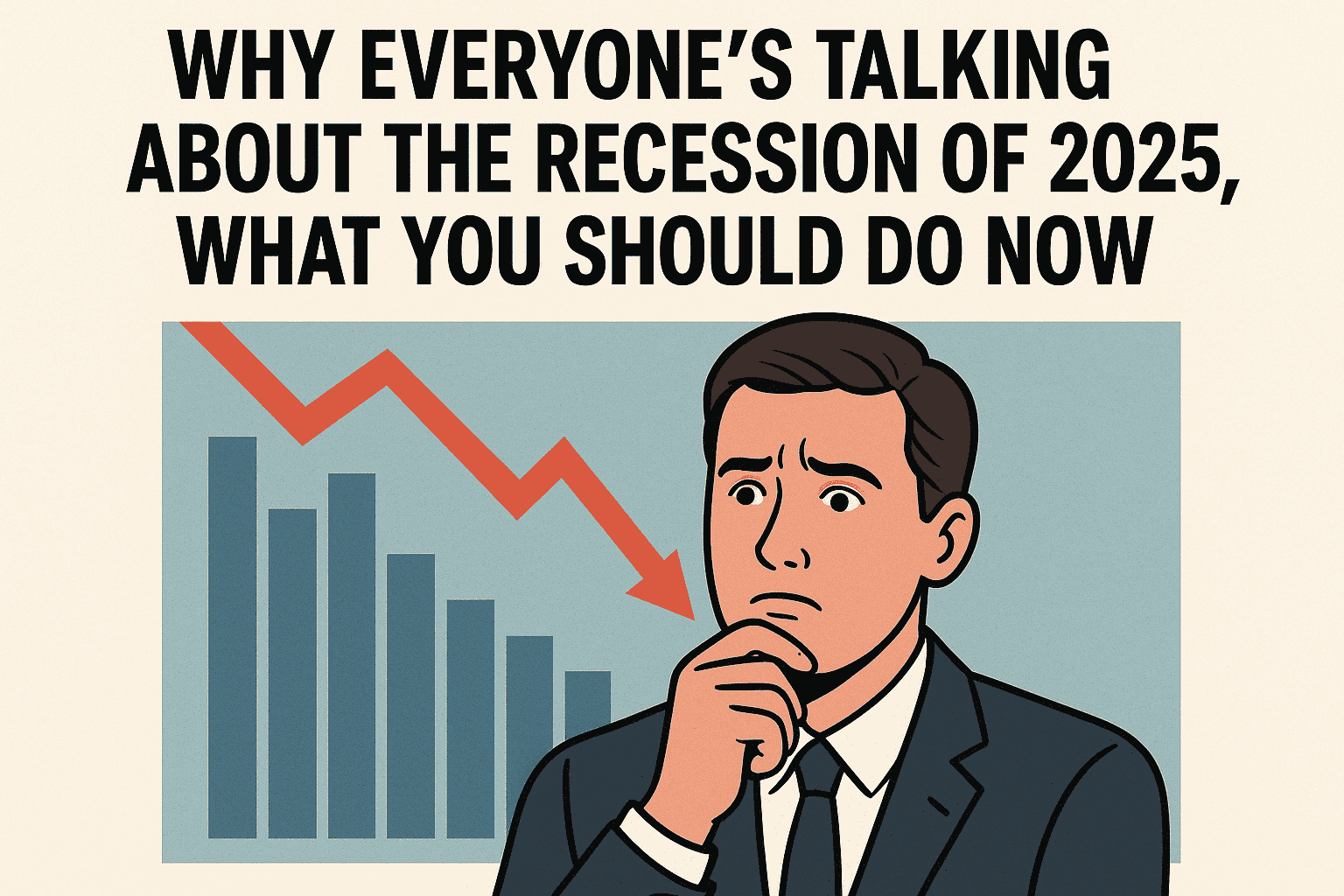In India, when it comes to long-term investment strategies, two popular instruments often take center stage—Systematic Investment Plan (SIP) in mutual funds and the Public Provident Fund (PPF). Both are designed for disciplined savings, but they differ significantly in risk, return, liquidity, and tax benefits.
With rising interest in financial planning among millennials and Gen Z, the debate of “SIP vs PPF: Returns Comparison” has gained attention. Let’s break down how both perform over a 15-year investment horizon—a common duration for financial goals like buying a house, children’s education, or retirement planning.
Understanding SIP and PPF
What is SIP?
A SIP is a method of investing a fixed amount in mutual funds at regular intervals (monthly or quarterly). It allows investors to benefit from rupee-cost averaging and compounding. SIPs are market-linked and therefore carry a certain degree of risk, but historically they’ve offered inflation-beating returns.
What is PPF?
PPF is a government-backed savings scheme with a lock-in period of 15 years. It offers fixed returns, determined by the Ministry of Finance quarterly, and is completely risk-free. As of FY 2025, the interest rate is 7.1% per annum, compounded annually.
Returns Comparison Over 15 Years
Let’s take an example. Suppose an investor deposits ₹5,000 every month in both SIP and PPF for 15 years.
1. SIP Performance Estimate:
- Average annual return: ~12% (moderate-to-high risk mutual funds)
- Monthly investment: ₹5,000
- Tenure: 15 years
Using a SIP calculator:
- Maturity Value ≈ ₹25.93 Lakhs
- Invested Amount = ₹9 Lakhs
- Wealth Gained = ₹16.93 Lakhs

2. PPF Performance Estimate:
- Annual interest rate: 7.1% (compounded annually)
- Annual investment: ₹60,000 (₹5,000/month)
- Tenure: 15 years
Using a PPF calculator:
- Maturity Value ≈ ₹15.47 Lakhs
- Invested Amount = ₹9 Lakhs
- Wealth Gained = ₹6.47 Lakhs
Risk vs Return Analysis
| Criteria | SIP (Mutual Funds) | PPF (Public Provident Fund) |
|---|---|---|
| Risk Level | Moderate to High | Risk-Free |
| Returns (15 Years) | Approx. ₹25.9 Lakhs | Approx. ₹15.5 Lakhs |
| Tax Benefits | ELSS SIPs under 80C (₹1.5L) | Full 80C Exemption + Tax-Free Returns |
| Liquidity | High (can redeem anytime) | Low (15-year lock-in) |
| Ideal for | High return, long-term goals | Safe, tax-saving, fixed return |
Tax Implications
- SIP: ELSS mutual funds offer tax benefits under Section 80C. However, long-term capital gains (LTCG) above ₹1 lakh are taxed at 10%.
- PPF: Offers EEE (Exempt-Exempt-Exempt) status—investment, interest, and maturity amount are all tax-free.
Which One Should You Choose?
Go for SIP if you:
- Have a long-term horizon (10+ years)
- Can take moderate to high risk
- Want inflation-beating returns
- Are comfortable with market volatility
Go for PPF if you:
- Prefer guaranteed returns
- Have a low risk appetite
- Want long-term tax-free savings
- Are focused on financial safety and security
Expert Take: Combine Both!
Financial advisors often recommend blending SIP and PPF in your portfolio. This strategy balances the high growth potential of SIPs with the stability and tax-efficiency of PPF.
For instance, if you can invest ₹10,000 per month, you might allocate ₹6,000 to SIPs and ₹4,000 to PPF. This diversified approach can help you manage risk while maximising returns.
Conclusion
The SIP vs PPF: Returns Comparison over a 15-year period clearly shows that SIPs have the potential to outperform PPF significantly in terms of wealth creation. However, PPF offers unmatched safety and tax benefits.
In the end, the choice depends on your financial goals, risk tolerance, and investment discipline. A smart investor doesn’t just choose between the two—they leverage both to build a balanced, future-ready portfolio.


